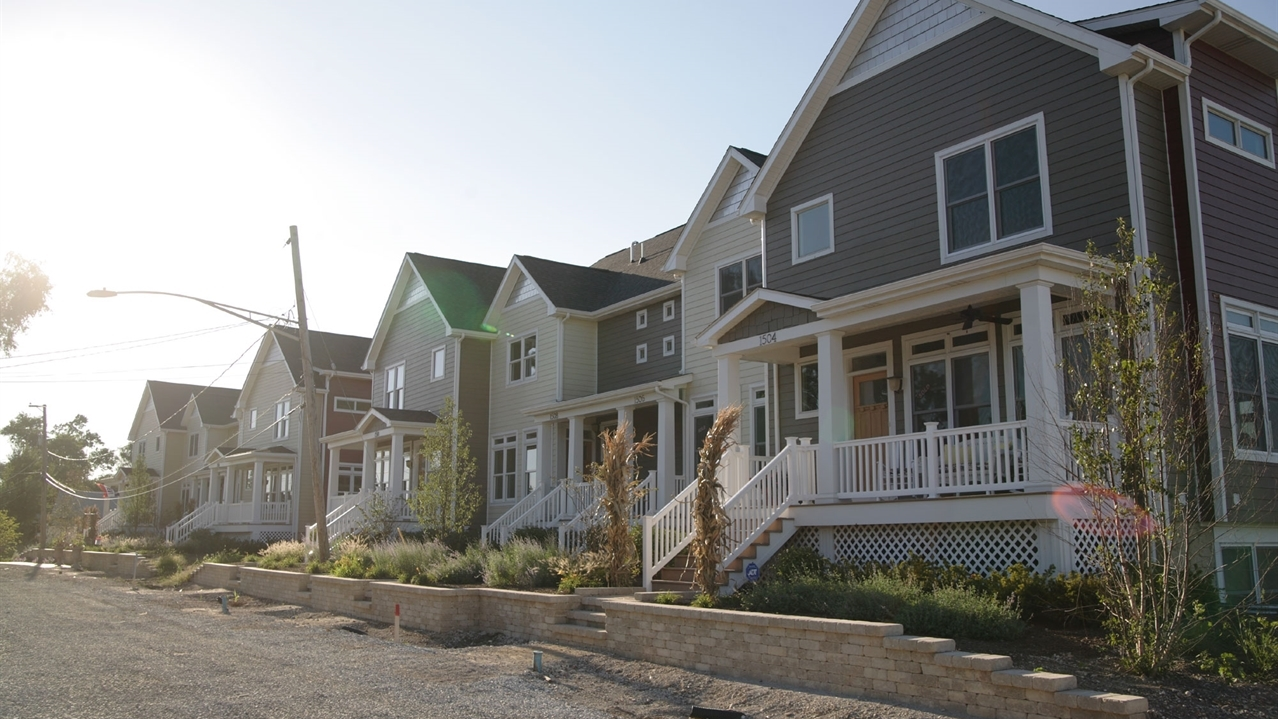Homes for a Changing Region Series: Planning for People

On the surface, it seems like such an obvious tenet of planning: Communities need to take stock not only of what their current population requires, but of their future population as well. The term “planning” itself means preparing for future action—it is by definition forward-looking.
Yet this forward-thinking approach has not always been prevalent when it comes to housing development—and that’s why the Homes for a Changing Region project was created, a partnership between MPC, Chicago Metropolitan Agency for Planning and Metropolitan Mayors Caucus.
The original Homes study was published in 2005, with the goal of using demographic predictions to plan for the entire Chicago area’s future housing needs—in other words, it called for a proactive approach to housing solutions, rather than a reactive one. In the words of MPC Senior Advisor Nancy Firfer, one of the project’s founders, it was “planning for people, not buildings.” It also promoted the notion of “balanced housing,” stressing that a healthy mix of housing options was the best way to serve residents.
In 2007 the project began to study specific suburbs, looking in-depth at the housing stock of each community and providing recommendations for both balancing and better planning housing options for the future. Communities are now studied in “clusters,” meaning that each study examines neighboring suburbs together, rather than examining three very different suburbs at once. This allows us to see how individual suburbs are influenced by their surrounding region, and implement changes on a larger scale. Each community still receives its own analysis and projections, though, ensuring that the unique details of each one are not glossed over.
The projections in these studies do not simply measure overall population growth or decline, but also provide demographic data on projected income, age, household size and ethnicity of that population. Having this specified data is invaluable, because knowing how much housing a community needs is only useful if you know what type of units people will want.
Over the past six years, the Homes for a Changing Region project has studied 23 suburban communities in the Chicago area, and is adding to the list each year. These communities are extremely diverse in terms of location, demographics and economy, and given these differences, we are eager to learn if they have encountered common trends and challenges.
We should stress that all of the plans for the individual communities are long-term in nature, utilizing population projections for the year 2030. Given that even the oldest of these suburban studies was completed just six years ago, and the intervening years included a global economic meltdown, it is not our goal to judge the “success” of the plans at this point. But four to six years is certainly enough time to see some initial progress, and/or to learn from barriers to implementation.
Over the next month, this blog series will showcase that progress in five early Homes communities—Aurora, Blue Island, Gurnee, Plainfield and Oak Forest—along with pointing out larger trends of the study. It will also examine some roadblocks to success, and look toward the future of the project as well. Homes for a Changing Region continues to grow every year, and by looking back on the early Homes participants, we hope to provide a guideline for helping future communities look forward.
